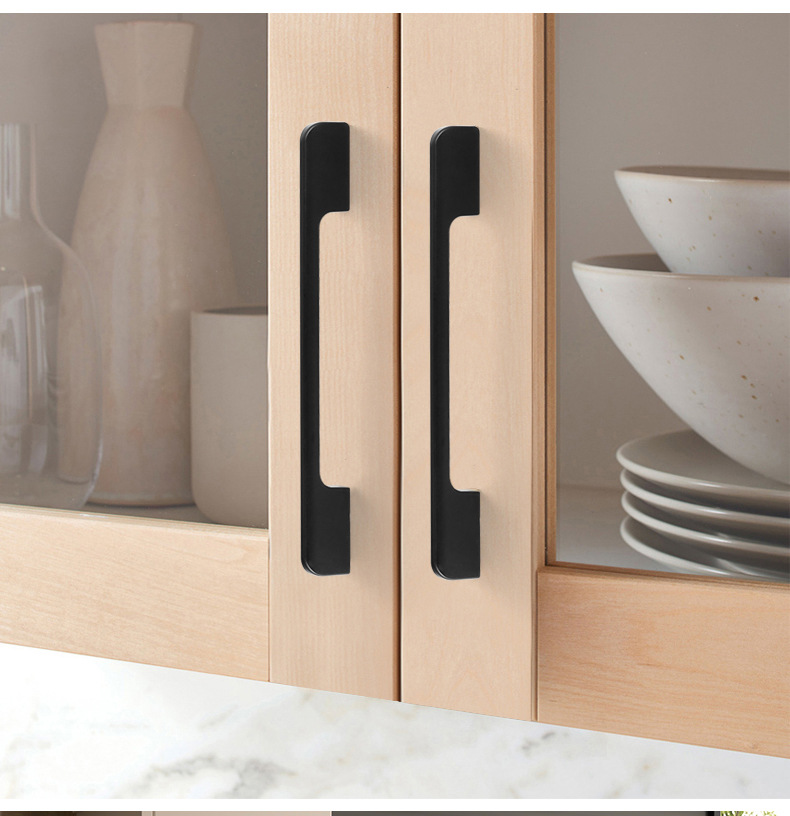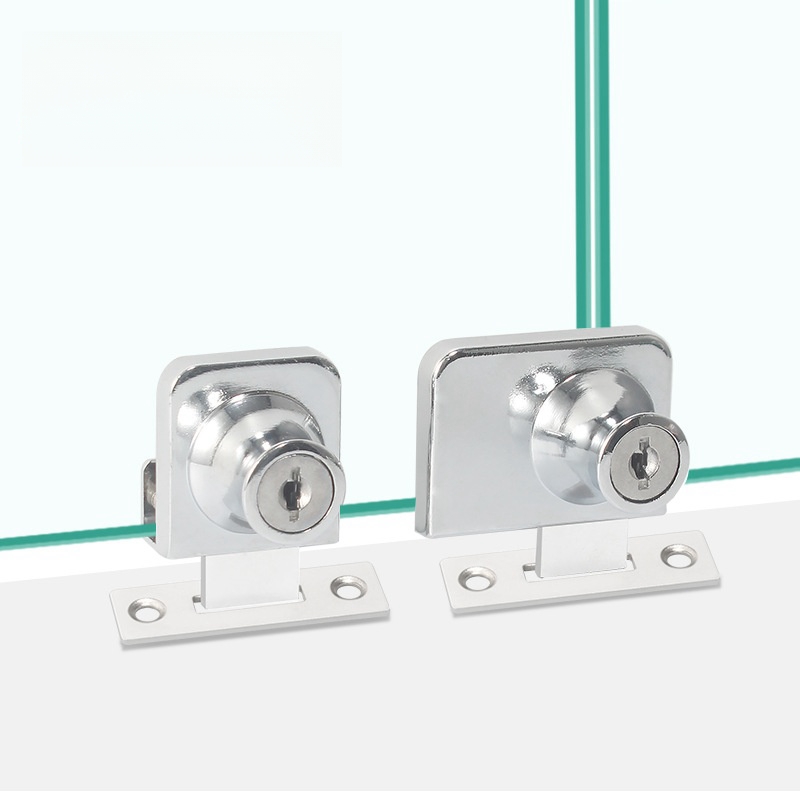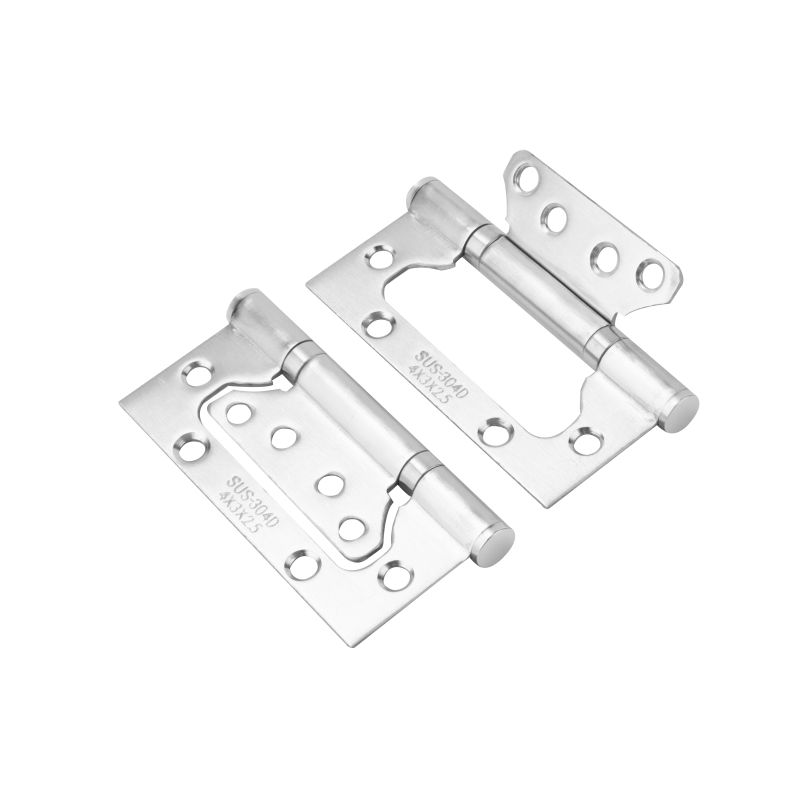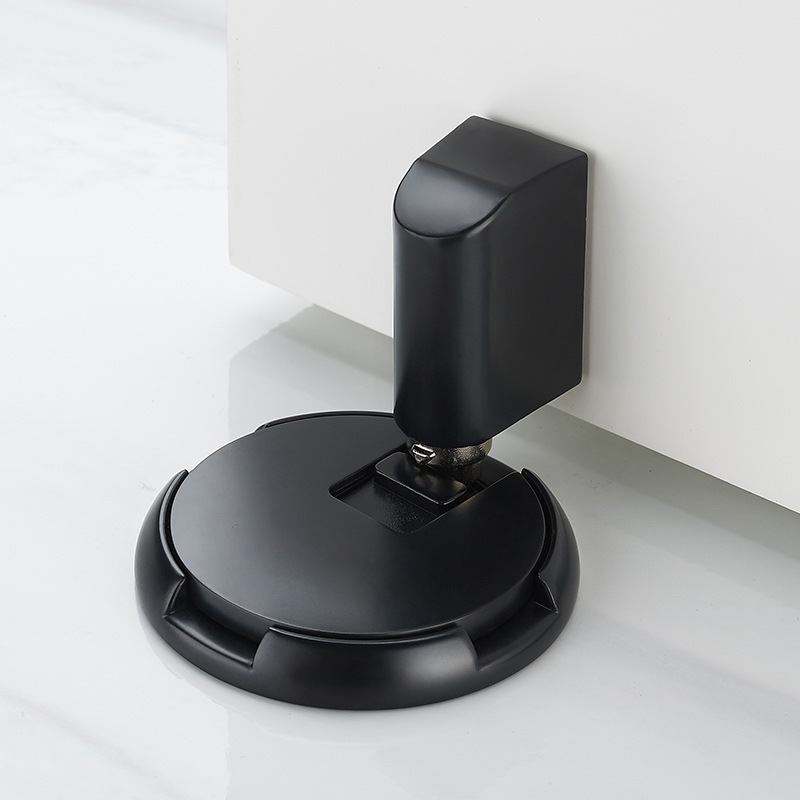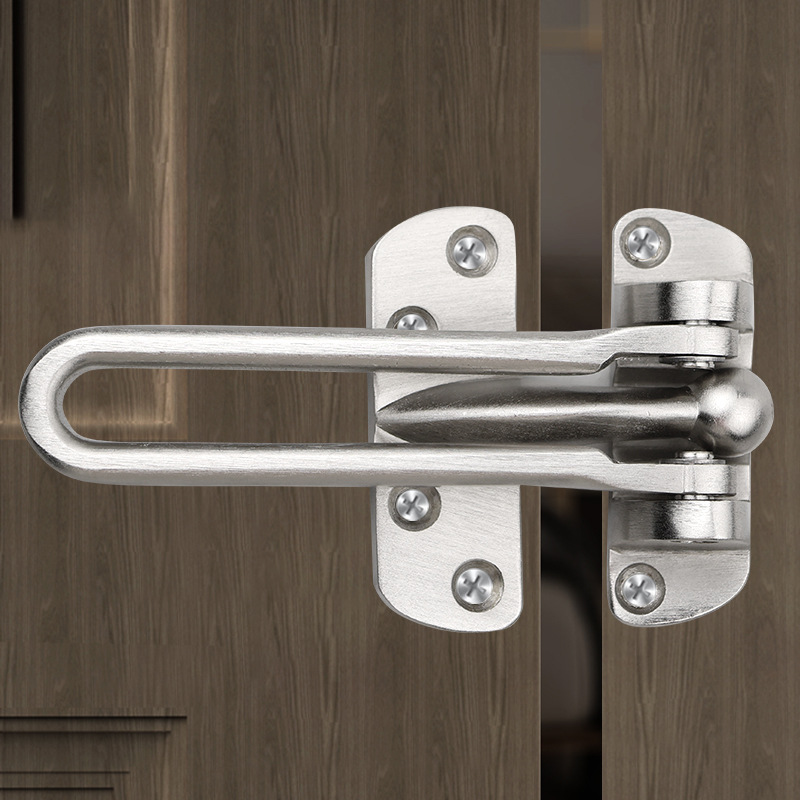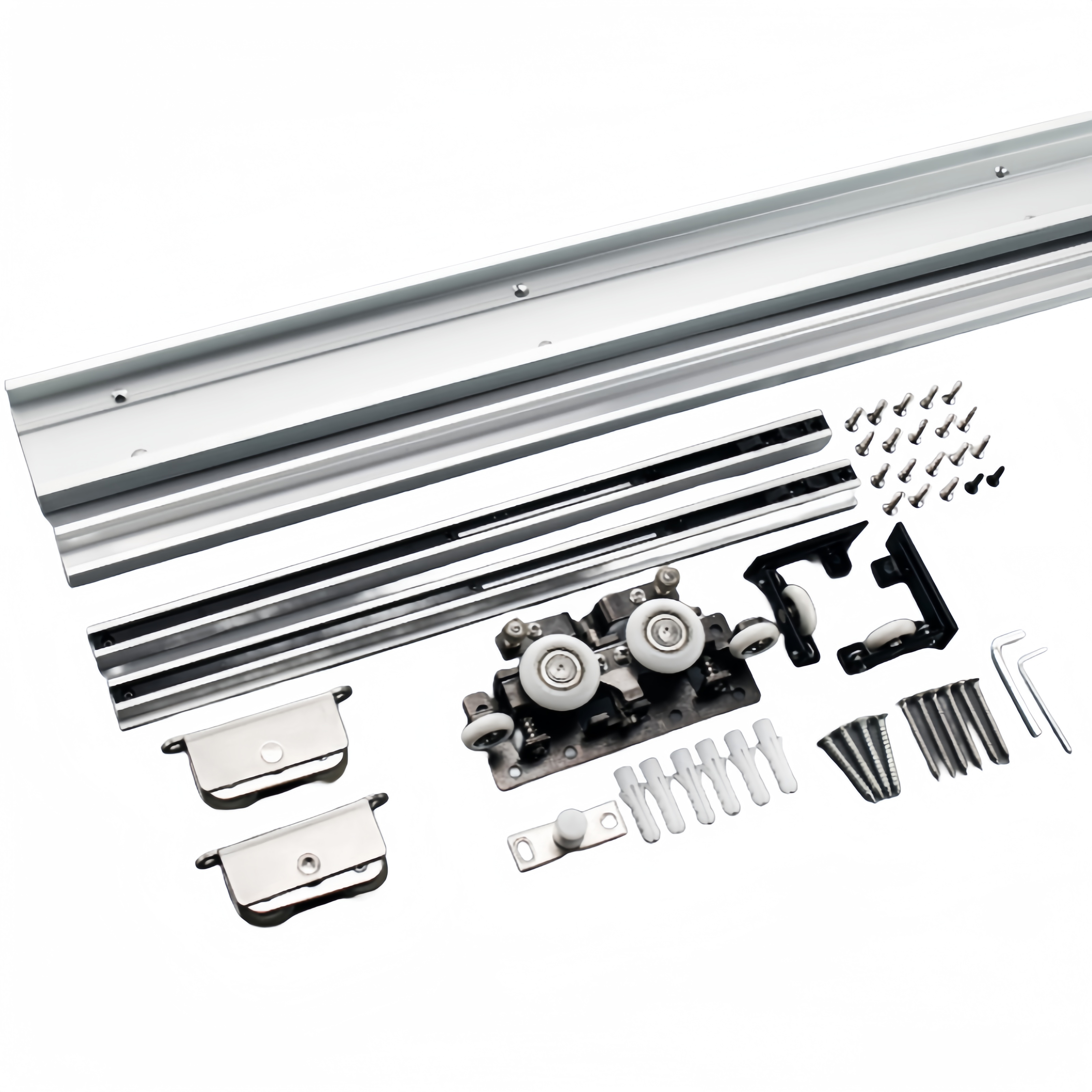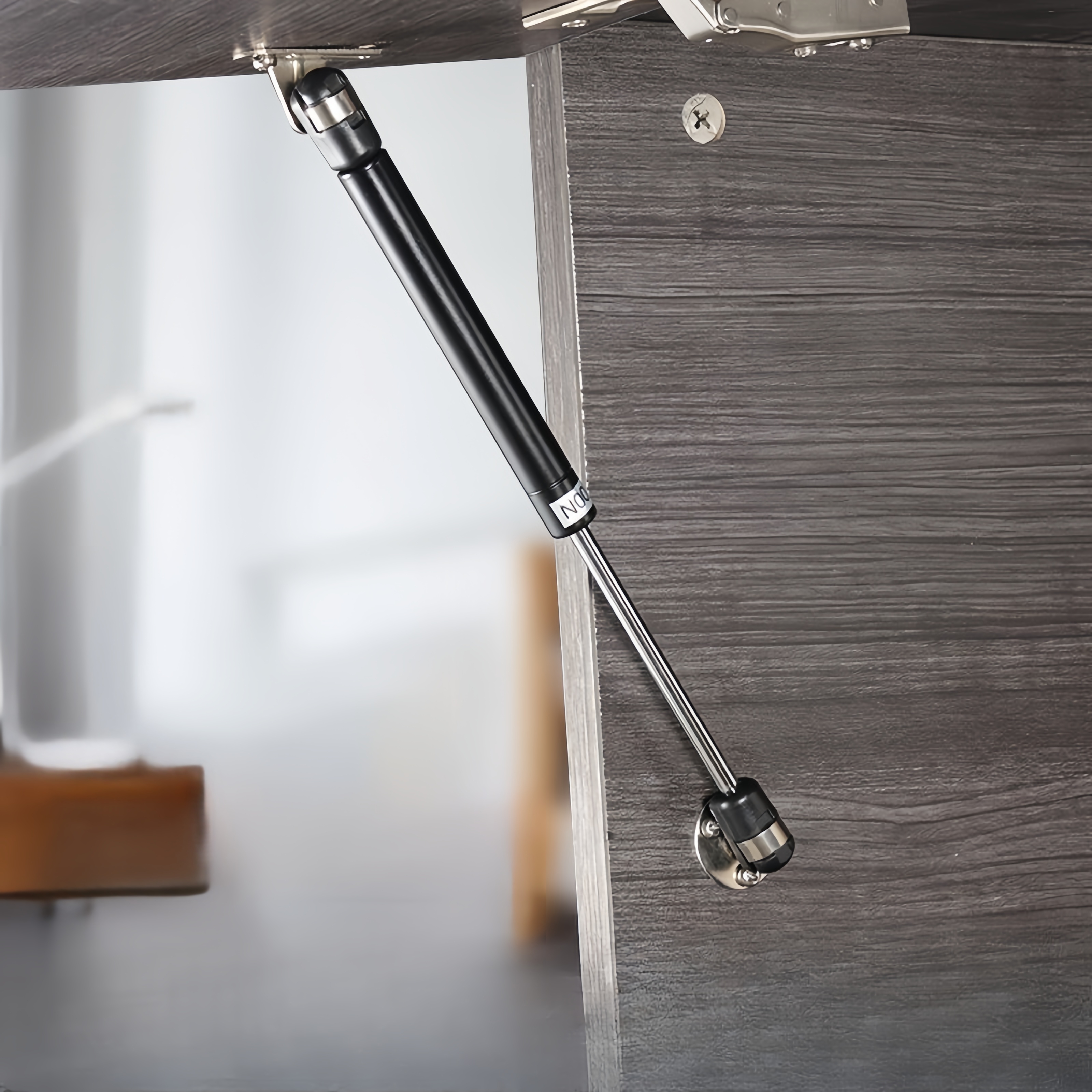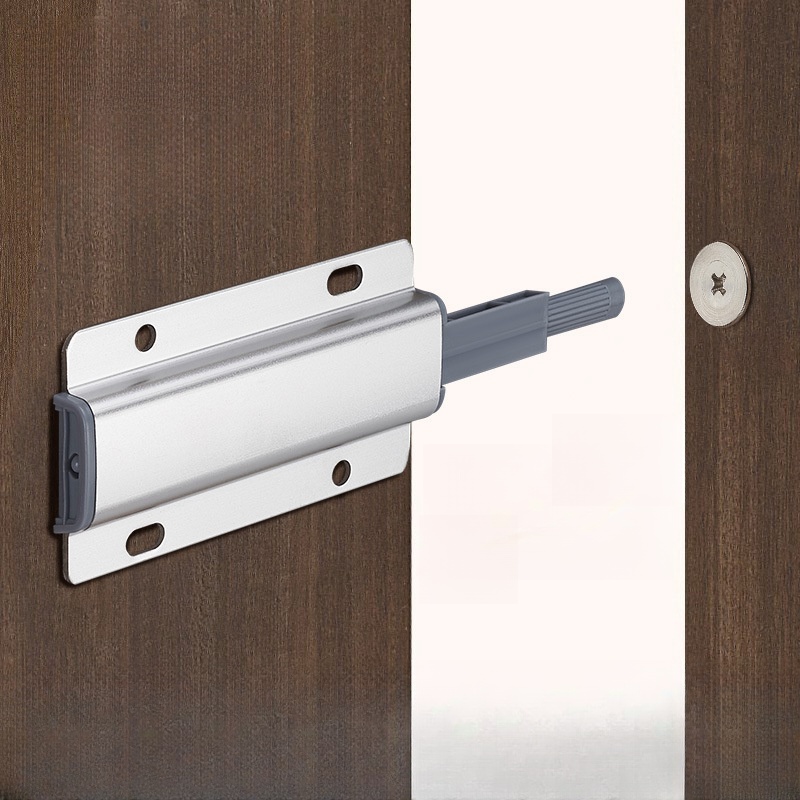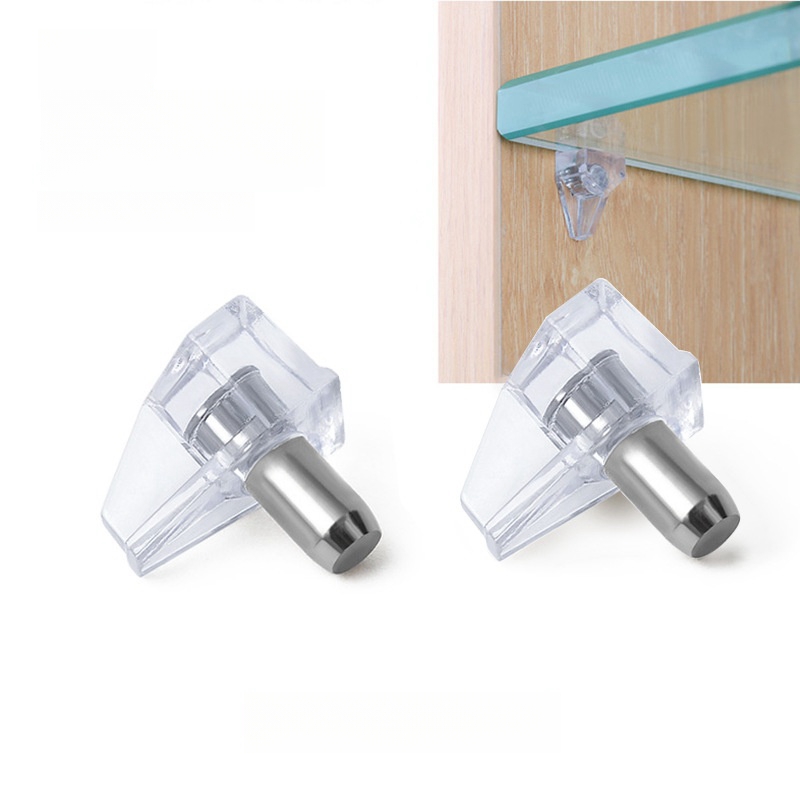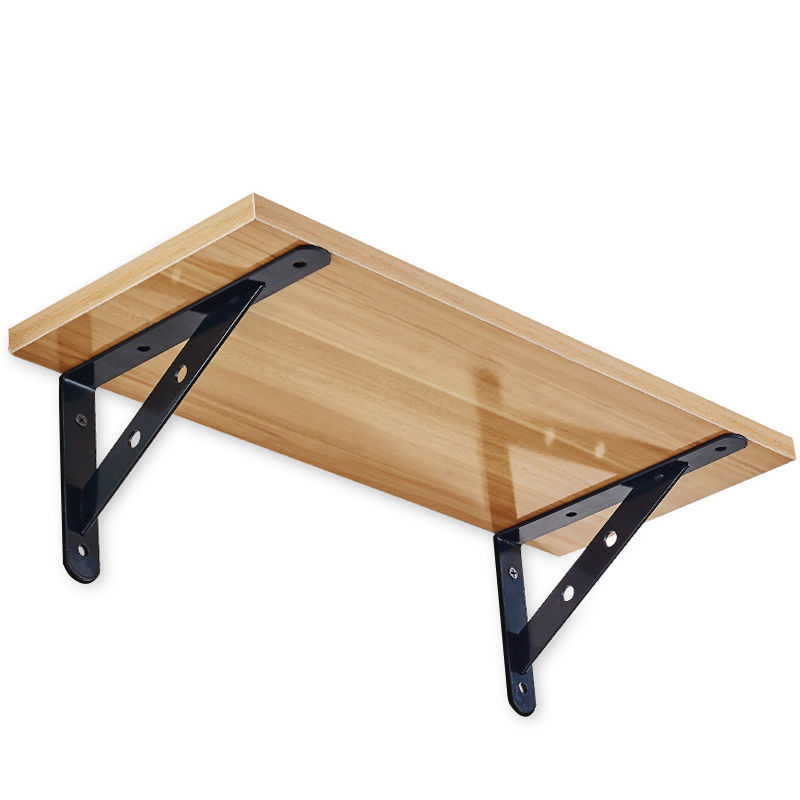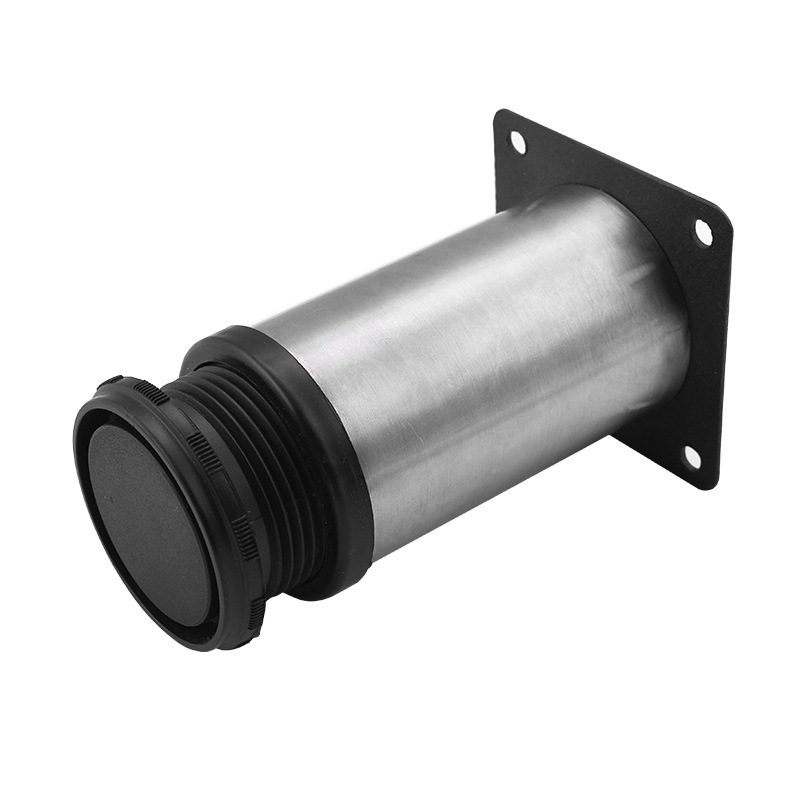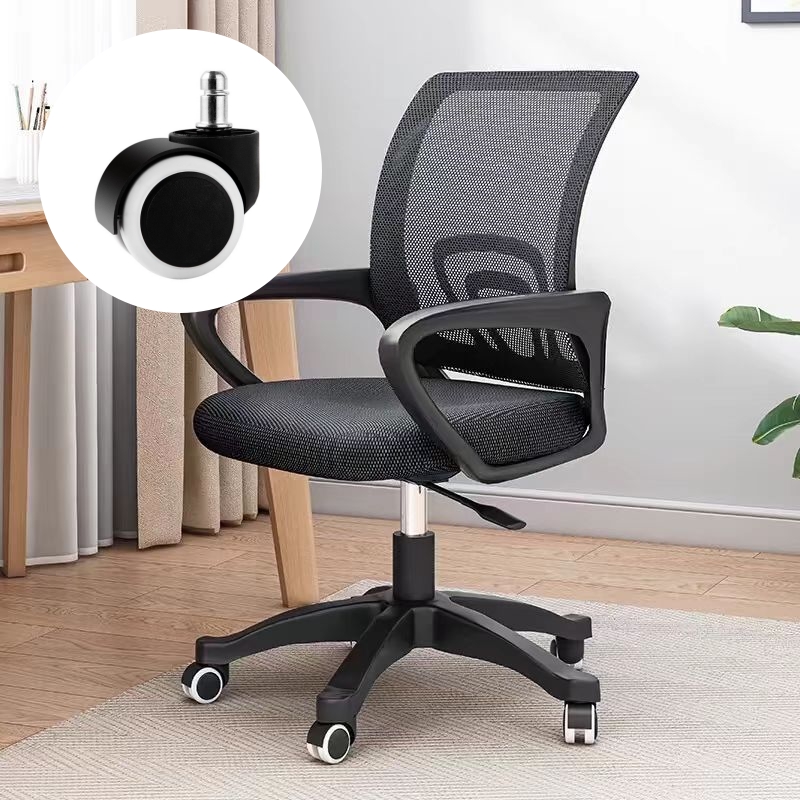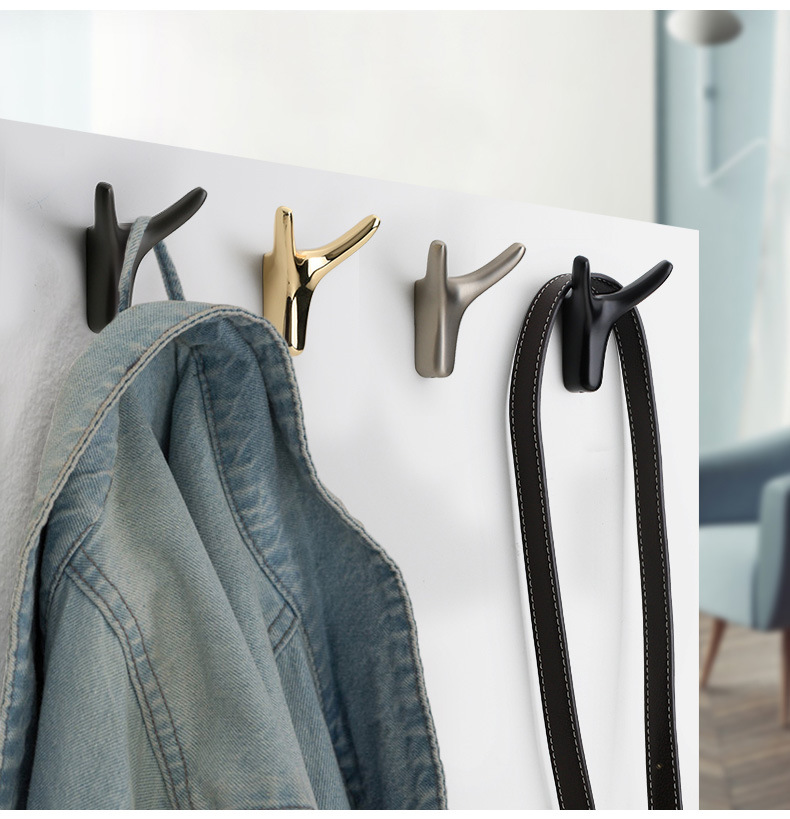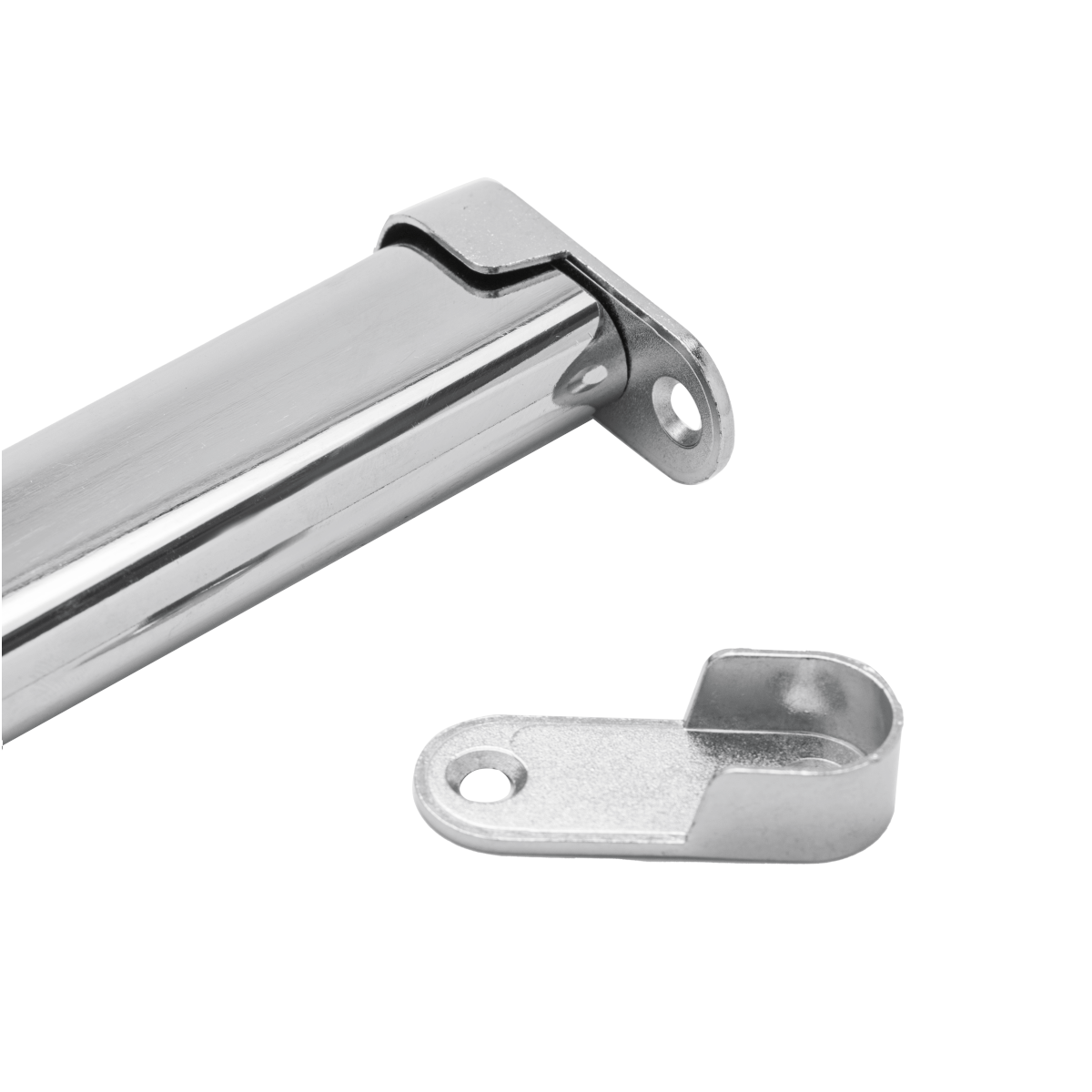
ABOUT
Guangzhou Toplink hardware Co., Ltd specialized in the production and export of furniture hardware fittings, with an experience of more than 14 years.
Our main products are drawer locks, cabinet hinges, sliding rails, cabinet handles, casters, cabinet legs and connecting fittings etc..
With a complete range of products, excellent performance and reasonable prices we have built up business with many customers all over the world.
We are committed to strict quality control and considerate customer service. We sincerely looking forward to becoming your best choice and the most reliable partner!
PRODUCTS
u bolt spring latch
Mechanical Operation
The core functionality of a U-bolt spring latch hinges on the interplay between a U-shaped bolt, a spring, and a retaining mechanism. The U-bolt itself provides the clamping force, squeezing two components together. This clamping action is facilitated by the tightening of a nut or screw threaded onto the bolt's threaded end. However, simple tightening isn't enough for a reliable latch; the spring mechanism is crucial.
The spring typically engages with the bolt, either directly or via a lever or other linkage. When the bolt is loosened, the spring’s inherent force pulls the U-bolt away from the clamped components, releasing the latch. Conversely, when the bolt is tightened, the spring is compressed, holding the U-bolt firmly in place, creating a secure latch. This spring-loaded action ensures consistent clamping force and prevents accidental release.
The design incorporates a clever balance between the clamping force of the bolt and the resisting force of the spring. The spring's tension is precisely calibrated to provide enough resistance to keep the latch secure under typical operating conditions while still allowing relatively easy opening and closing.
Material Selection
The materials used in U-bolt spring latches are critically important for determining their strength, durability, and resistance to corrosion. The U-bolt itself is often made from high-strength steel, offering excellent tensile strength and resistance to bending. The choice of steel grade depends on the specific application; higher-grade steels are used for applications demanding greater strength and resilience.
The spring material is equally vital. Spring steel, known for its elasticity and fatigue resistance, is a common choice. Different spring steel alloys offer varying degrees of strength, flexibility, and corrosion resistance. The selection depends on factors such as the required spring force, the operating temperature range, and the environmental conditions.
The nut and bolt threading are also carefully considered. High-quality threads ensure a secure and reliable connection, preventing stripping or loosening under stress. Materials like zinc-plated steel or stainless steel are commonly used to resist corrosion and improve longevity.
Applications and Variations
U-bolt spring latches find applications across a wide range of industries and everyday uses. In industrial settings, they are frequently employed for securing equipment, machinery components, and piping systems. Their ability to withstand vibrations and shocks makes them well-suited for these demanding environments.
In the automotive sector, they are often used for securing parts within the vehicle, including components under the hood and in the chassis. Their compact size and ease of installation make them ideal for applications with limited space.
Beyond industrial and automotive uses, U-bolt spring latches are found in many everyday items. Some toolboxes, cases, and enclosures utilize them for secure closures. Modifications to the basic design, such as adding a handle or incorporating a locking mechanism, expand their applications even further.
Variations in design exist to cater to different needs. Some incorporate features like quick-release mechanisms, while others prioritize enhanced security or resistance to tampering. These variations demonstrate the adaptability of the basic U-bolt spring latch design.
Advantages and Limitations
One of the primary advantages of U-bolt spring latches is their simplicity and ease of use. Their straightforward design makes them easy to install and maintain, minimizing downtime and reducing labor costs. Their relatively low cost compared to more complex latching mechanisms is another significant benefit.
The robust clamping force provided by the U-bolt ensures a secure and reliable connection, even under challenging conditions. The spring mechanism prevents accidental opening, enhancing safety and reliability.
However, U-bolt spring latches do have limitations. Their clamping force is generally limited by the bolt's strength and the spring's tension, potentially restricting their use in high-pressure or high-vibration applications. Additionally, the design may not be suitable for applications requiring extreme precision or delicate handling.
Another limitation is the potential for wear and tear over time. Repeated use can lead to spring fatigue or wear on the threads, potentially compromising the latch's reliability. Regular inspection and maintenance are therefore essential to ensure continued performance.
Conclusion
U-bolt spring latches, though seemingly simple, represent a sophisticated balance of mechanical engineering principles. Their widespread use across diverse applications demonstrates their effectiveness and versatility. Understanding their mechanics, materials, and limitations enables engineers and designers to choose the appropriate latch for any given application, ensuring the secure and reliable fastening of components in various environments. From heavy-duty industrial equipment to everyday household items, the ubiquitous U-bolt spring latch quietly plays a vital role in our world.
SUBSCRIBE
INQUIRY
